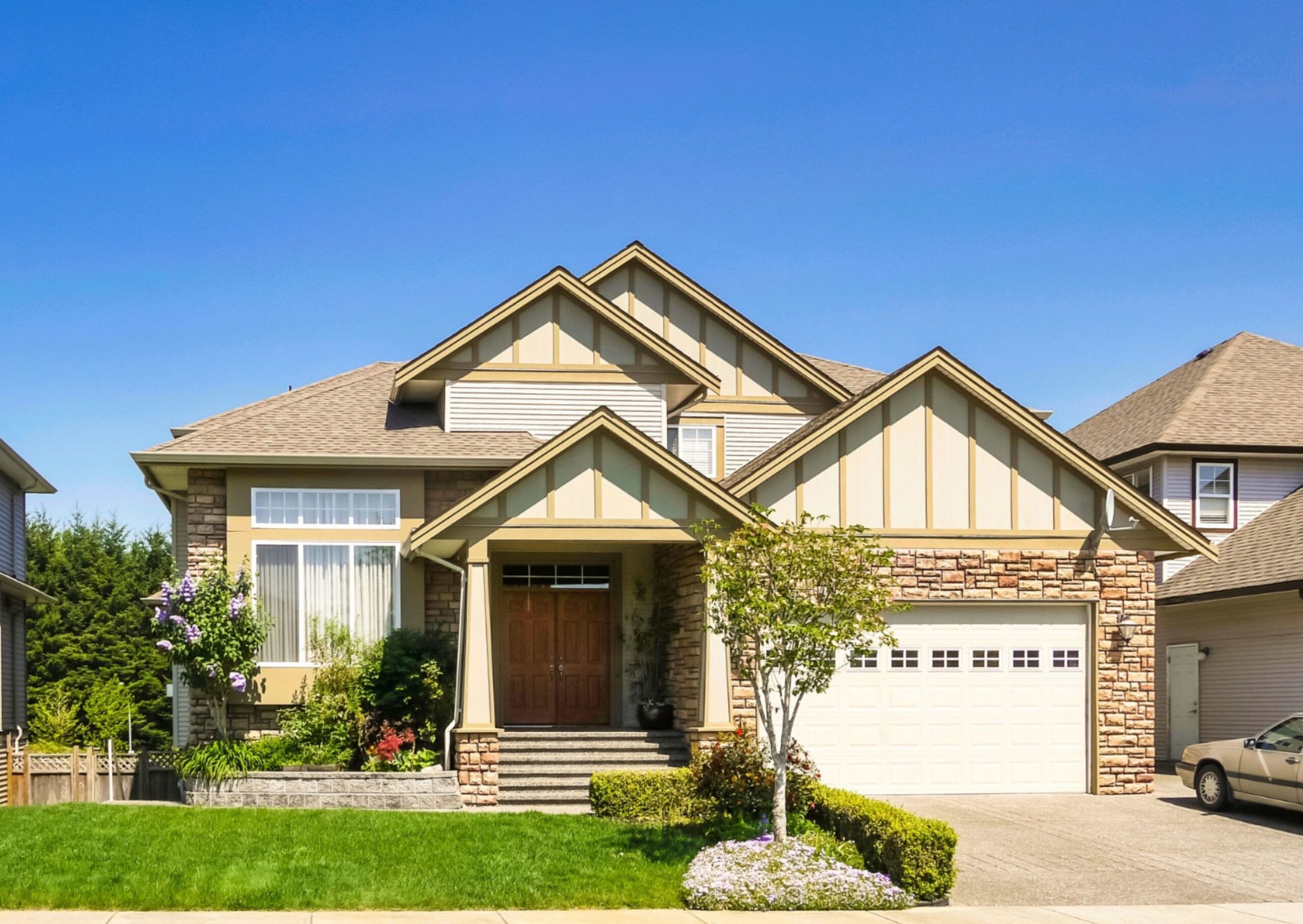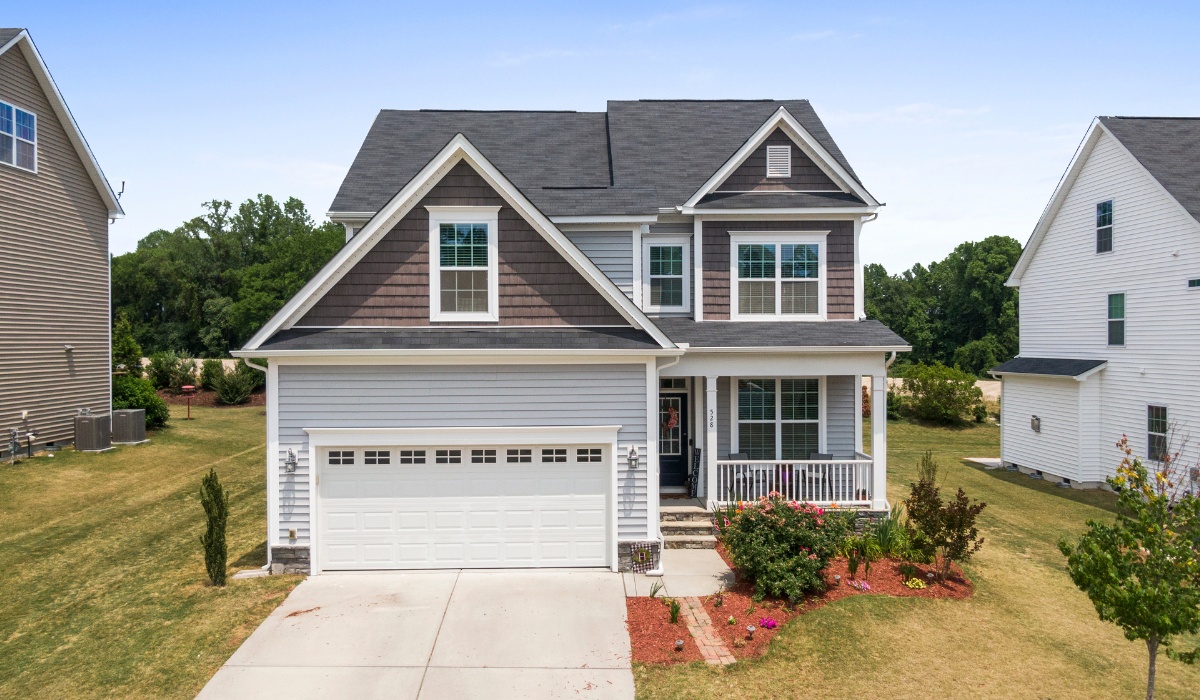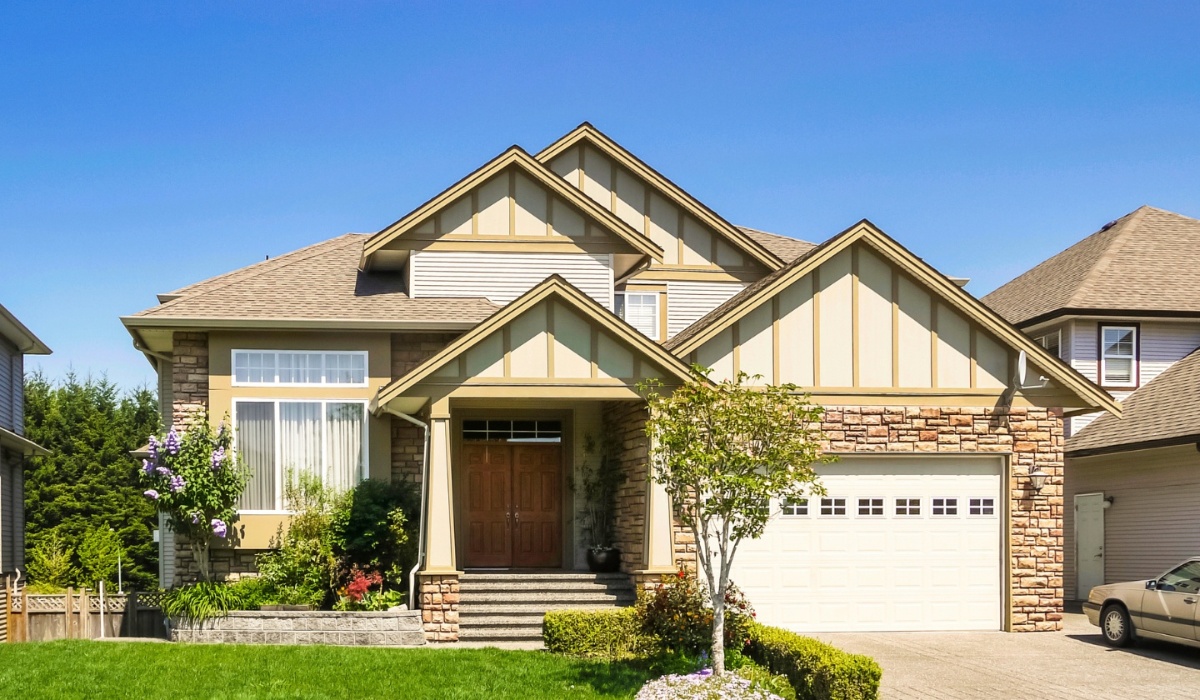Is your garage door making unsettling noises? Is it slow to open or close? Or perhaps you're dreaming of a new garage door altogether? This comprehensive guide tackles everything you need to know about garage door repair, installation, and maintenance, empowering you to take control and enjoy a smoothly functioning garage.
Understanding Garage Door Components
Understanding the parts of your garage door system is the first step to effective troubleshooting and repair. A typical system includes the garage door itself, the opener mechanism, and a series of interconnected components that work together to ensure smooth, safe operation. Ignoring regular maintenance of these parts can lead to costly repairs down the line, so it's crucial to understand their functions and how to identify potential problems.
Garage Door Opener Types
Several types of garage door openers exist, each with its advantages and disadvantages. Common types include chain drive openers, belt drive openers, and screw drive openers. Chain drive openers are typically the most affordable but can be noisy. Belt drive openers offer quieter operation and are often favored for their smoother performance. Screw drive openers provide a robust and durable solution. The best option for your garage will depend on factors like budget, noise tolerance, and the weight of your garage door. Choosing the right opener is critical for optimal functionality and longevity.
Common Garage Door Parts
Beyond the opener, several other essential parts contribute to your garage door's performance. These include springs (extension springs or torsion springs), rollers, tracks, and cables. These components endure considerable stress over time, so regular inspections for wear and tear are crucial. Recognizing signs of damage, such as worn rollers or frayed cables, allows for prompt repairs and prevents more extensive damage. Regular lubrication of moving parts contributes significantly to extending the lifespan of your garage door components.
Signs You Need Garage Door Repair
Ignoring problems with your garage door can lead to bigger, more costly issues, and even pose safety hazards. Knowing the warning signs of trouble is crucial for timely intervention. A proactive approach to maintenance prevents significant damage and keeps your family safe.
Common Issues
Several common symptoms indicate your garage door needs attention. These include unusual noises (squeaking, grinding, or banging), slow operation, misalignment of the door or tracks, and visible signs of wear and tear on components such as rollers, springs, or cables. If you notice any of these issues, don't hesitate to investigate further. Early detection is key to preventing more serious problems. Addressing small issues promptly can prevent them from escalating into major repairs or replacements.
Importance of Quick Repairs
Prompt repair of garage door problems is crucial for several reasons. Firstly, a malfunctioning garage door can pose significant safety risks, especially to children and pets. Secondly, neglecting repairs can lead to more extensive damage, increasing the overall cost of repair or even requiring a complete replacement. Finally, prompt repairs can help maintain the overall value of your property and ensure its smooth functionality. Prioritize safety and cost-effectiveness by addressing problems immediately.
DIY Garage Door Repair Tips
While some repairs require professional expertise, several simple maintenance tasks and minor repairs can be handled by DIY enthusiasts. These tasks can save you money and give you a better understanding of your garage door system.
How to Inspect Your Garage Door
Regularly inspecting your garage door is a proactive way to identify potential problems early on. A visual inspection involves looking for any signs of damage to the tracks, rollers, cables, or springs. A functionality check involves observing how smoothly the door operates when opening and closing. Testing the sensors ensures they are functioning correctly, preventing accidental injuries. Regular inspection contributes to your garage door's smooth operation and extends its lifespan.


Step-by-Step Repair Guide
Fixing a broken spring, replacing weather stripping, or adjusting the garage door opener are relatively straightforward tasks for some. However, working with springs can be dangerous, so professional help might be required in some cases. Always consult instructions and safety precautions before undertaking any repair work. Simple tasks like lubricating rollers and replacing worn weather stripping can be easily accomplished. Remember to prioritize safety while working with potentially dangerous mechanisms.
Professional Garage Door Repair Services
For more complex repairs or installations, seeking professional help is always advisable. Professional technicians possess the expertise and specialized tools to tackle challenging repairs safely and effectively.
Finding a Reliable Repair Service
When choosing a garage door repair service, prioritize companies with strong customer reviews, service guarantees, and a proven track record. Requesting multiple quotes from different providers allows for price comparisons and ensures that you select a service provider that meets your requirements. Verify their credentials and insurance coverage before hiring any service providers. A reliable service provider will prioritize your safety and satisfaction.
What to Expect from a Professional Service
A professional garage door repair service typically involves an initial assessment to https://kylerezko.bloggersdelight.dk/2025/04/30/discover-jasper-places-best-coffee-shops-in-2025/ determine the nature and extent of the problem. They will provide an estimate of the repair timeline and cost involved. They may offer various repair solutions, allowing you to choose the one that best suits your budget and needs. Professional technicians possess the skills and tools for safe and efficient repairs. They typically offer warranties or guarantees on their workmanship.
Garage Door Installation Best Practices
Installing a new garage door is a significant undertaking that requires careful planning and execution. The choice of garage door and its proper installation directly impact its performance and lifespan.
Choosing the Right Garage Door
Selecting the right garage door involves considering various factors, including material (wood, steel, aluminum, fiberglass), style (carriage house, contemporary, traditional), and insulation levels. Factors like budget, aesthetic preferences, and desired energy efficiency will influence your decision. The right garage door enhances your home's curb appeal and value.

Installation Process Overview
Proper garage door installation demands precision and attention to detail. This involves several steps, including measuring the garage opening, assembling the door sections, installing the tracks and rollers, and connecting the opener mechanism. Tools such as measuring tapes, levels, and drills are essential for proper installation. A properly installed door ensures smooth operation and safety.
Enhancing Energy Efficiency in Your Garage
A well-insulated garage door significantly contributes to your home's overall energy efficiency, reducing energy costs and improving comfort.
Weatherproofing Solutions
Weatherproofing your garage door involves several measures. Installing weatherstripping around the door frame prevents drafts and air leaks. Consider using appropriate insulation materials in your garage walls and ceiling to minimize heat loss in winter and heat gain in summer. Implementing weatherproofing solutions contributes to long-term energy savings.
Benefits of Insulation
Insulating your garage door and garage provides multiple advantages. It leads to significant energy savings by reducing the amount of energy needed to heat or cool the garage. This improves temperature control within the garage, maintaining more comfortable temperatures throughout the year. Insulation also helps in reducing noise levels from outside. Proper insulation improves the comfort level and reduces energy consumption.
Frequently Asked Questions (FAQs)
Many common questions surround garage door repair and installation. Here are some of the frequently asked questions we receive:
- What are the signs that my garage door needs repair? Unusual noises, slow operation, misalignment, and visible wear and tear are key indicators. How do I choose the right garage door for my home? Consider materials, style, insulation, and budget. What is the average cost of garage door repair? Costs vary depending on the issue's complexity and parts required. Can I install a garage door myself? Some simple installations are possible with proper skills and tools. However, complex installations are best left to professionals. How can I improve the energy efficiency of my garage? Install weatherstripping, insulate the door and walls, and consider energy-efficient garage doors.
This guide provides a comprehensive overview of garage door repair and installation. Whether you’re tackling a minor repair or planning a complete installation, remember that prioritizing safety, understanding your system, and seeking professional help when needed will ensure a smoothly functioning and long-lasting garage door. Contact a qualified professional today for assistance with your garage door needs!